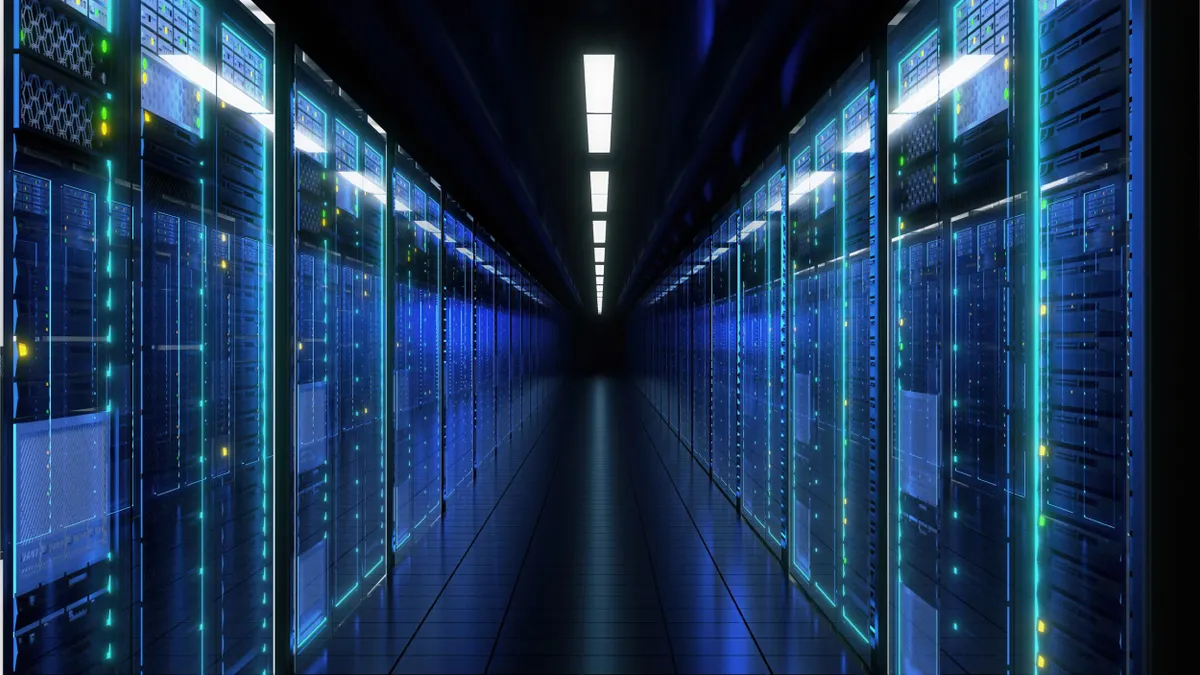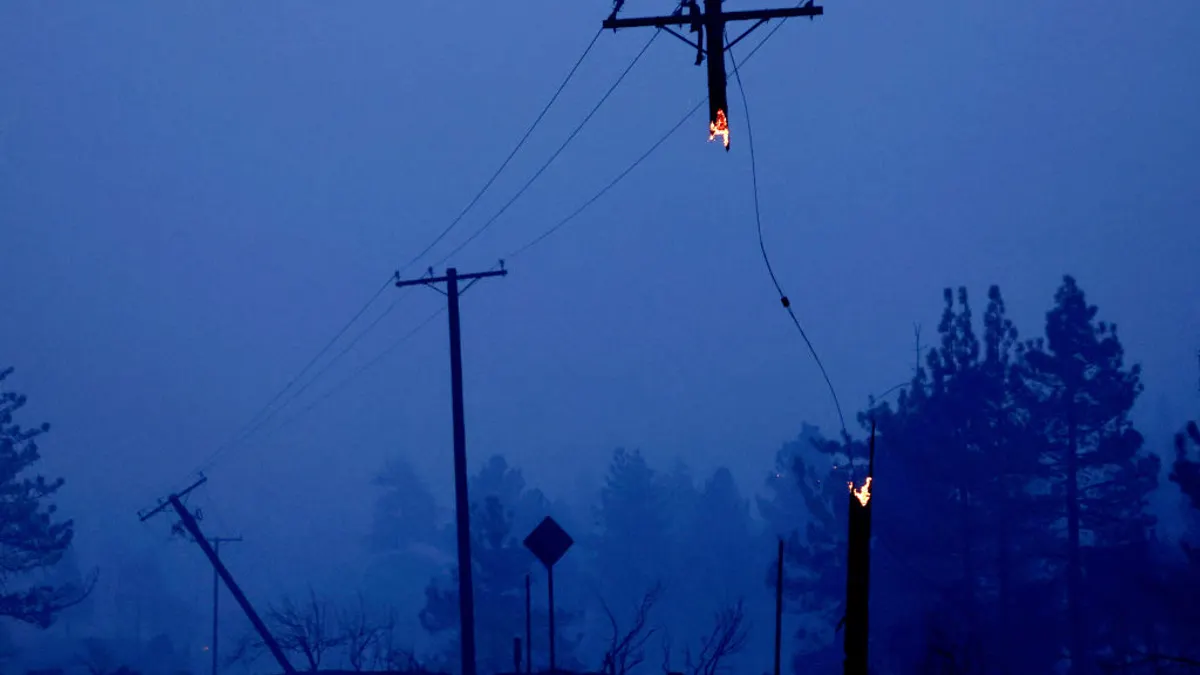Mike Granowski is partner and Americas energy platform lead at Roland Berger.
The recent Federal Energy Regulatory Commission decision on the interconnection service agreement amendment denying AWS’s proposal to source power from the 2,514-MW Susquehanna nuclear power station in Pennsylvania brought into focus the need to align modern data infrastructure and legacy utility systems.
The ruling, issued without prejudice, points to the importance of developing more comprehensive standards for energy sourcing in data centers that create long-term efficiencies and investment clarity for project pipelines while protecting captive utility customers. This decision offers an inflection point for data center operators to work with regulatory bodies to shape a future-proof, adaptable framework for energy integration.
The PJM problem: Balancing demand growth with customer equity
The PJM Interconnection grid and similar utility systems were originally designed around central generation stations delivering energy over transmission lines to industrial customers and distribution companies serving commercial and residential customers. To the utility system, data centers appear as large industrial loads. However, when the data center steps in front of an existing central generating station for exclusive service of its energy demand, problems can ensue.
When the central generation serving the data center is out of service, the data center still needs energy and will seek it from the broader utility system as a backup. This concentrated demand from data centers introduces challenges to grid stability and repurposes the transmission assets that were formerly meant to serve customers. These assets are still being paid for by the wide spectrum of utility customers, raising concerns about potential inequities where certain captive customer groups could shoulder asset costs that are now primarily benefiting the high-load data center.
Managing stranded assets and long-term cost implications
The increased participation of data centers within PJM and similar systems highlights the risk of “stranded assets,” wherein existing customers bear financial responsibility for infrastructure. In this case, transmission infrastructure that may no longer directly serve them. It could also manifest as the need for new generation to replace the now dedicated generating asset.
Developing a new regulatory framework that ensures customer equity while retaining the strategic advantage of data center growth in the U.S. will be paramount. We expect a FERC rulemaking to clarify the issues on this topic in 2025. As Commissioner Mark Christie noted in his rejection to the ISA, “Given these ramifications, the Commission truly needs to ‘get it right’ when it comes to evaluating co-location issues.”
Pathways to partnership: Constructive steps for data centers and industry stakeholders
For data center operators, now is the time to forge strong partnerships with FERC, state regulators, utilities and customer advocates to co-create policies that balance industry growth with cost equity. Strategic options such as transmission “buy-outs” or the development of standby rate structures can offer reliable grid access for data centers while mitigating financial impacts on other customers.
Standby rates and strategic utility partnerships offer solutions that balance reliability and equity. These structures have been used in the past with co-generation assets and could provide a sustainable model by ensuring emergency access to grid power when needed without unduly impacting other customers.
State regulators will play a key role exploring these proactive approaches that will help data centers secure their energy needs while respecting grid constraints, preserving customer affordability and equity, maintaining grid reliability and ensuring centers pay their “fair share.”
Strategic perspectives on sustainable energy and nuclear partnerships
FERC’s decision underlines the need for a regulatory model supporting reliability and sustainability. Data centers’ operational requirements necessitate energy stability while increasing commitments to carbon reduction require certainty around regulatory frameworks to support this dual mission.
With the data center sector’s interest in zero-carbon power sources expanding beyond renewables only, restarting decommissioned nuclear facilities is an avenue of exploration. The challenges associated with regulatory compliance, technical and material conditions of the plant, and possible safety issues limit the number of nuclear facilities suitable for reactivation. Facilities like Palisades in Michigan, Duane Arnold in Iowa and Three Mile Island in Pennsylvania are among the most notable candidates.
Navigating a complex energy landscape: Strategic recommendations for data centers
As data centers seek to meet clean energy goals and maintain the highest levels of uptime reliability, strategic engagement with regulators and utility partners will be essential. By anticipating regulatory shifts and proactively contributing to discussions with FERC and other stakeholders, data centers can lead in establishing a robust and predictable framework that prioritizes national security, access to clean energy and customer equity. This approach secures operational resilience and positions the U.S. as a leader in sustainable data infrastructure — a critical advantage in a rapidly evolving global information, and energy, landscape.





















